Beneath the vast expanse of the Southern Hemisphere sky lies a tapestry of stories woven by the Aboriginal peoples of Australia. Long before telescopes and satellites, these indigenous communities mapped the heavens with a precision that rivals modern astronomy. Their stories, passed down through generations, speak of celestial phenomena that science has only recently begun to understand. These tales are not mere folklore; they are profound observations and predictions of the universe, offering insights into the cosmos that align with modern scientific discoveries.
The Celestial Emu: A Guide to the Milky Way
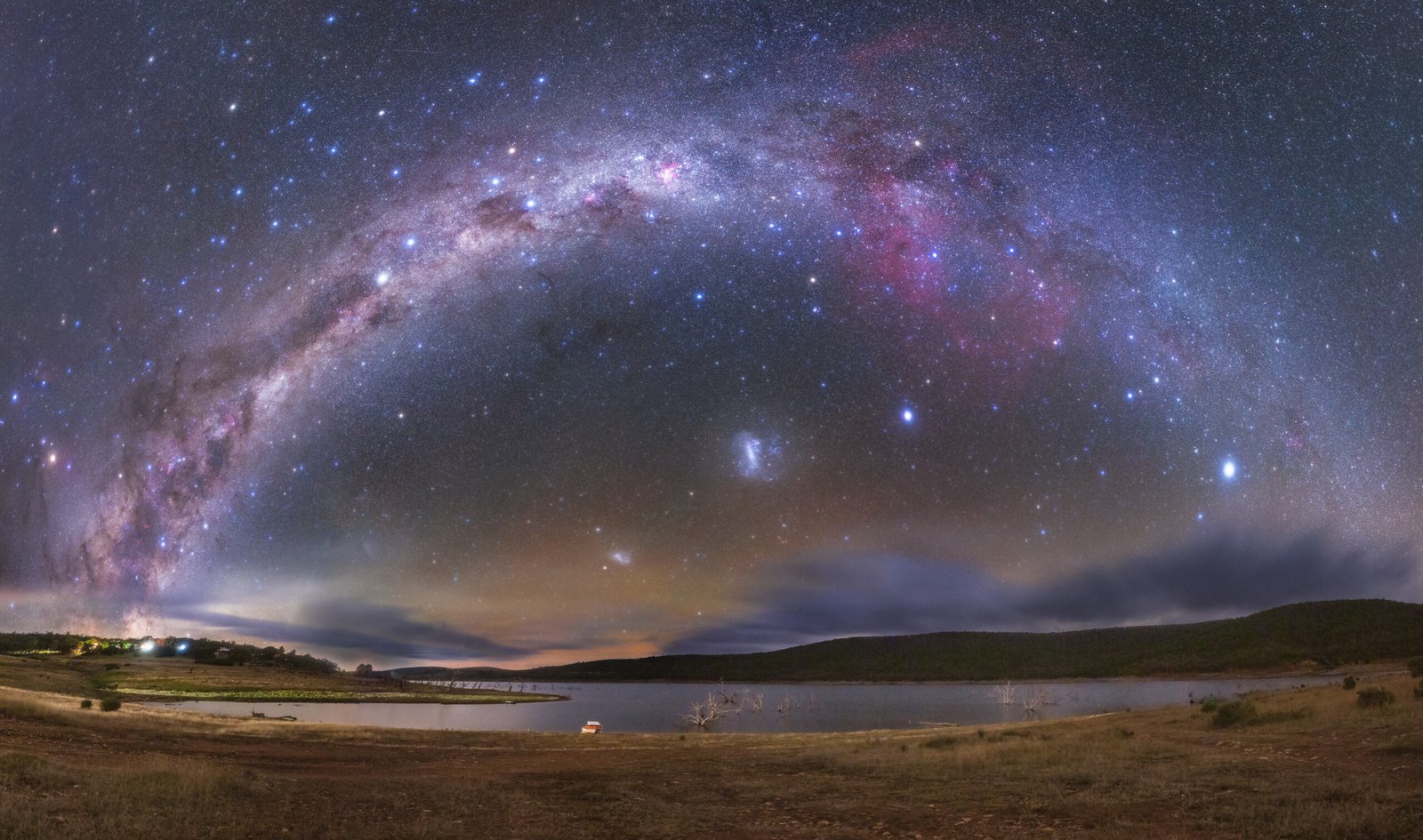
One of the most famous Aboriginal astronomical stories is that of the Celestial Emu. This dark constellation, formed by the dust lanes of the Milky Way, resembles the shape of an emu—a large, flightless bird native to Australia. Aboriginal Australians used the appearance of the Celestial Emu to guide their seasonal activities. For instance, when the emu’s head rises in the sky during the autumn months, it signals the time for emu egg collection. This story demonstrates the Aboriginals’ deep understanding of the Milky Way’s structure long before it was scientifically described. The Emu’s presence in the sky is a testament to their ability to interpret celestial patterns and use them practically in their daily lives.
The Seven Sisters and the Pleiades
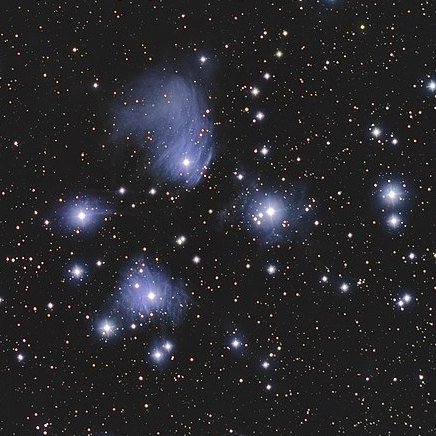
The Pleiades star cluster, known as the “Seven Sisters” in many cultures, holds a special place in Aboriginal astronomy. According to Aboriginal legend, the Seven Sisters are pursued across the sky by Orion, known as the “Hunter.” This story is remarkably similar to Greek mythology, revealing a universal human fascination with these stars. Scientifically, the Pleiades are a group of young stars formed approximately 100 million years ago. Aboriginal stories often depict the sisters as caretakers, reflecting the nurturing nature of these stars, which are a nursery for new star formation. This tale illustrates the Aboriginals’ keen observation of the night sky and their ability to draw parallels with natural phenomena.
The Dark Constellations: Seeing Beyond the Stars

While Western astronomy focuses on the stars themselves, Aboriginal astronomy often emphasizes the dark spaces between them. These “dark constellations” are formed by interstellar dust clouds that block starlight, creating recognizable shapes. The Aboriginal people have identified several such constellations, including the Celestial Emu. This unique perspective highlights the Aboriginals’ ability to see beyond the obvious and recognize the significance of the voids in the cosmos. It challenges modern astronomers to consider the universe’s hidden aspects and the stories they might tell.
The Morning Star: A Symbol of Renewal
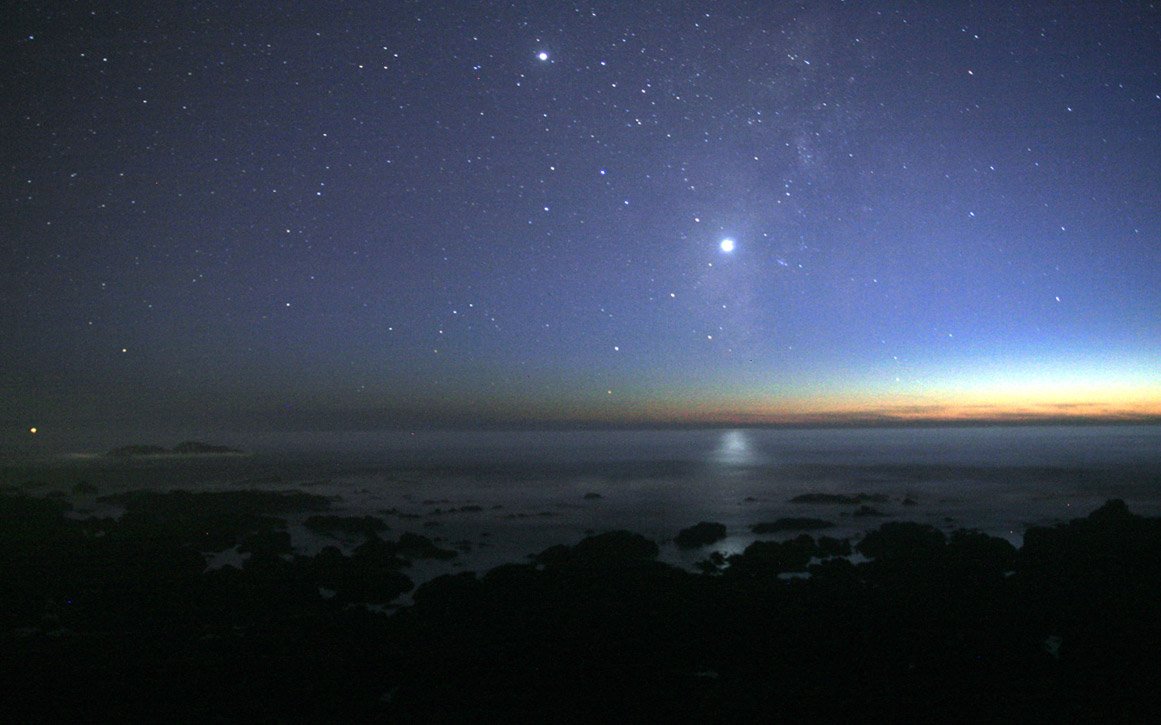
The Morning Star, or Venus, holds great significance in Aboriginal culture. It is often associated with renewal and the cyclical nature of life. Aboriginal stories describe Venus as a bringer of light and a harbinger of change. Scientifically, Venus’s appearance as the Morning Star is due to its orbit around the Sun, which brings it into view just before sunrise. The Aboriginals’ reverence for this celestial body reflects their understanding of the planet’s movements and its role in marking the passage of time. This story underscores the connection between celestial events and the rhythms of life on Earth.
Star Maps: Navigating the Land and Sky
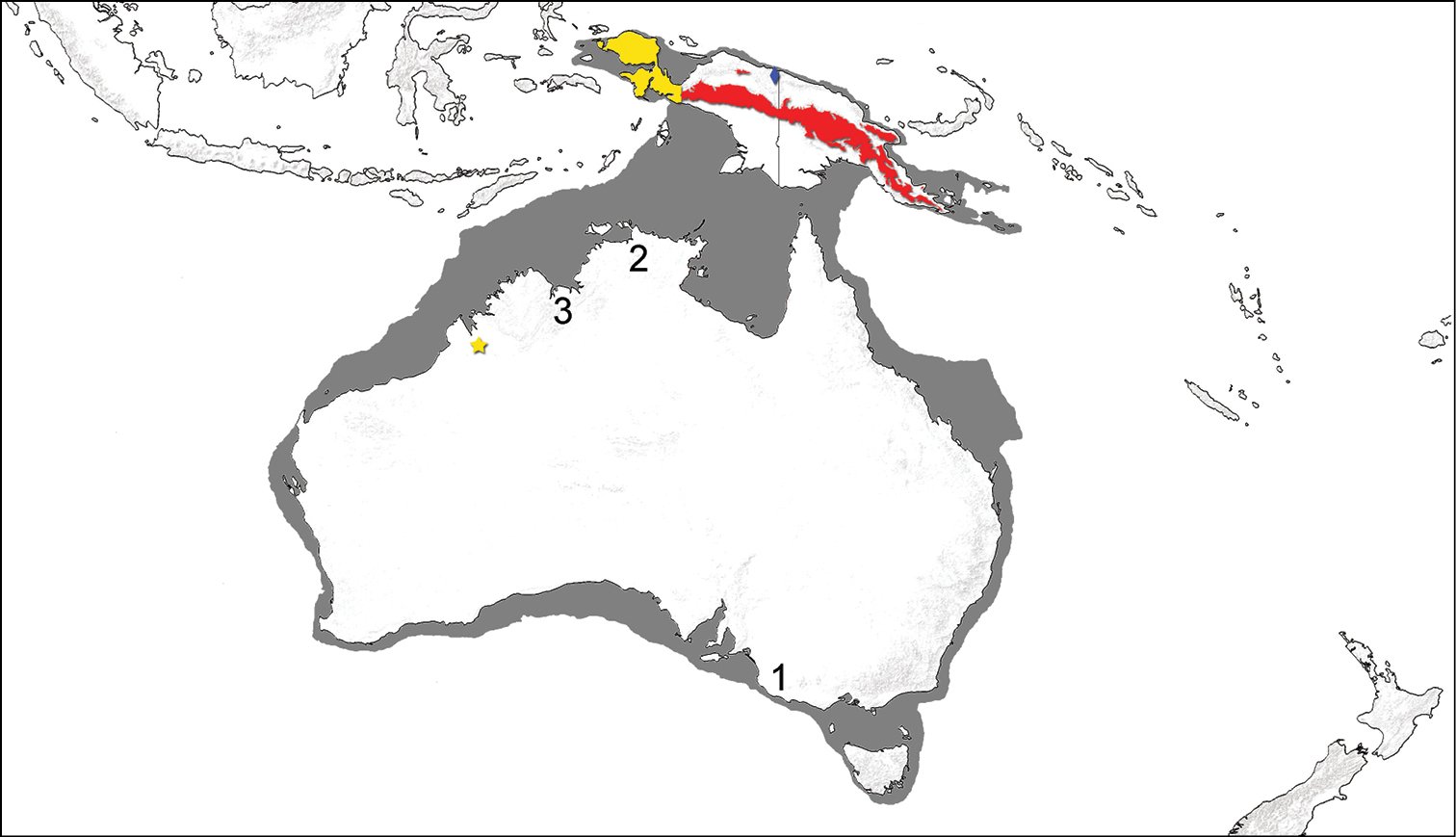
Aboriginal Australians used the stars as navigational tools, creating complex star maps to traverse vast distances. These maps were not only practical but also embedded with cultural and spiritual meanings. By memorizing the positions of stars and their relationship to the landscape, Aboriginal people could travel across the continent with remarkable accuracy. This practice demonstrates their sophisticated understanding of astronomy and geography, long before the advent of modern navigation techniques. Their star maps serve as a testament to the enduring connection between the land and sky.
Eclipses: Portents of Change
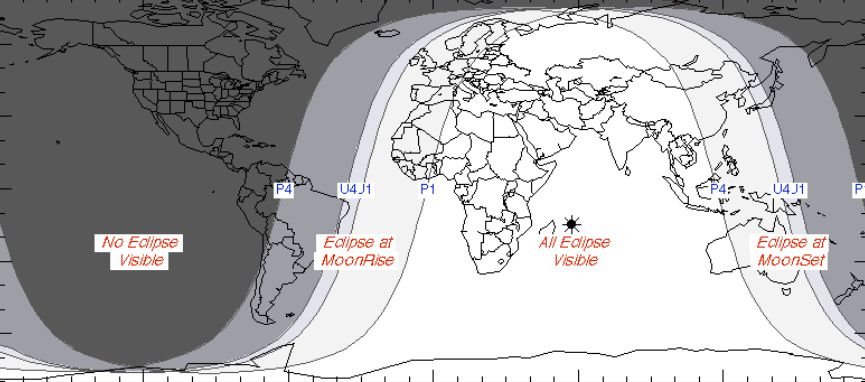
Eclipses, both solar and lunar, hold a place of great importance in Aboriginal astronomy. These celestial events were often seen as omens, signaling significant changes or events. Aboriginal stories describe eclipses as battles between celestial beings or as the Sun and Moon coming together. Scientifically, eclipses occur when the Earth, Sun, and Moon align, casting shadows that temporarily obscure the light. The Aboriginals’ interpretations of eclipses reflect their understanding of these rare and dramatic events, highlighting the deep connection between the celestial and earthly realms.
The Rainbow Serpent: A Cosmic Creator
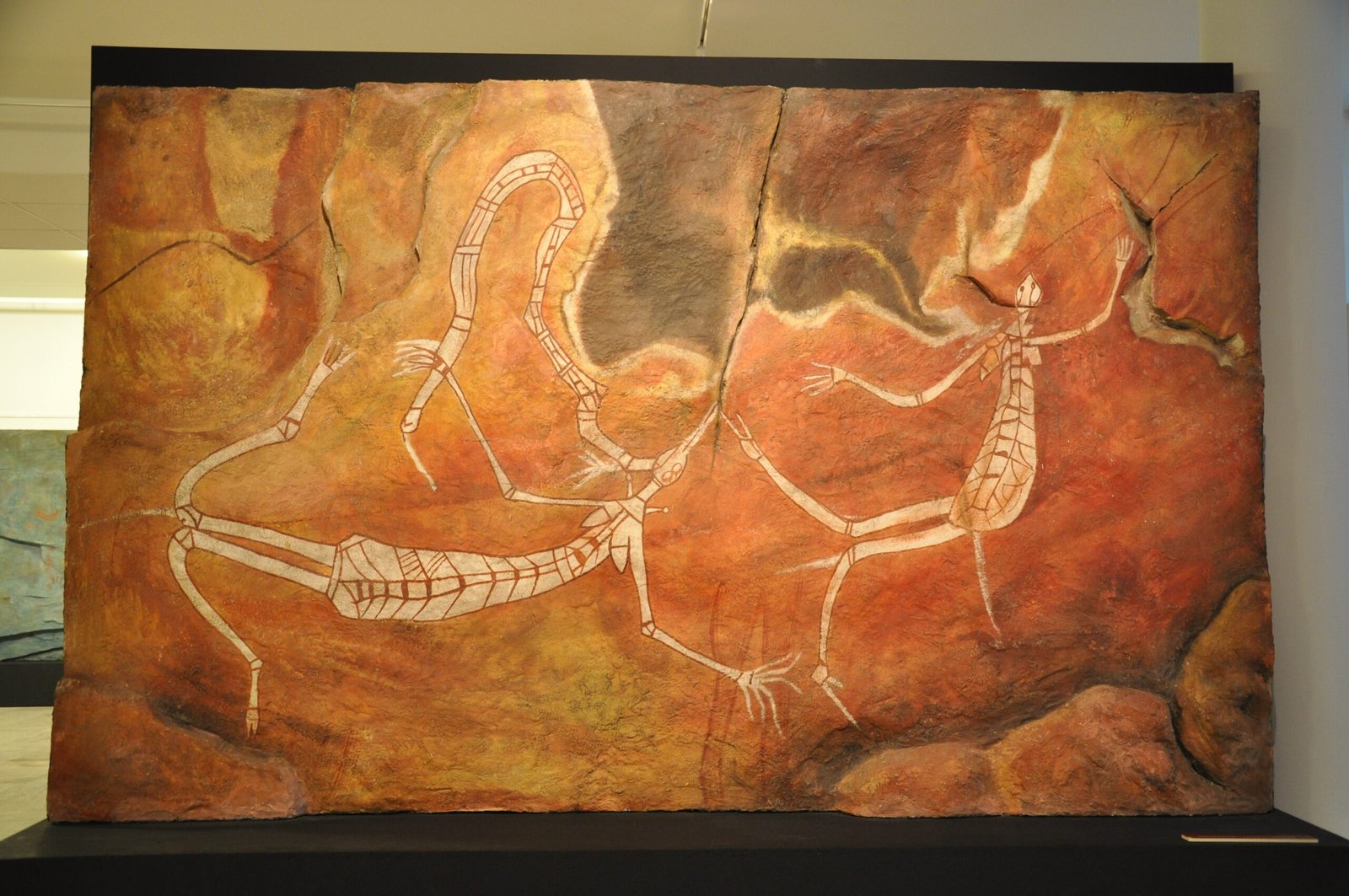
The Rainbow Serpent is a powerful figure in Aboriginal mythology, often associated with creation and the shaping of the landscape. This serpent is said to reside in the sky, its movements influencing the weather and the fertility of the land. The Rainbow Serpent’s connection to the sky and its role as a cosmic creator parallels modern scientific concepts of cosmic forces shaping the universe. This story illustrates the Aboriginals’ intuitive grasp of the interconnectedness of all things and the cosmic forces at play in the natural world.
The Boorong People and Their Celestial Knowledge

The Boorong people of northwestern Victoria are renowned for their extensive knowledge of the night sky. They identified numerous constellations and celestial bodies, each with its own story and significance. The Boorong’s astronomical knowledge was so advanced that it impressed European settlers and astronomers. Their understanding of the stars was not only scientific but also deeply spiritual, reflecting a holistic view of the universe. This knowledge has been passed down through generations, preserving the Boorong’s rich cultural heritage.
The Influence of Aboriginal Astronomy on Modern Science
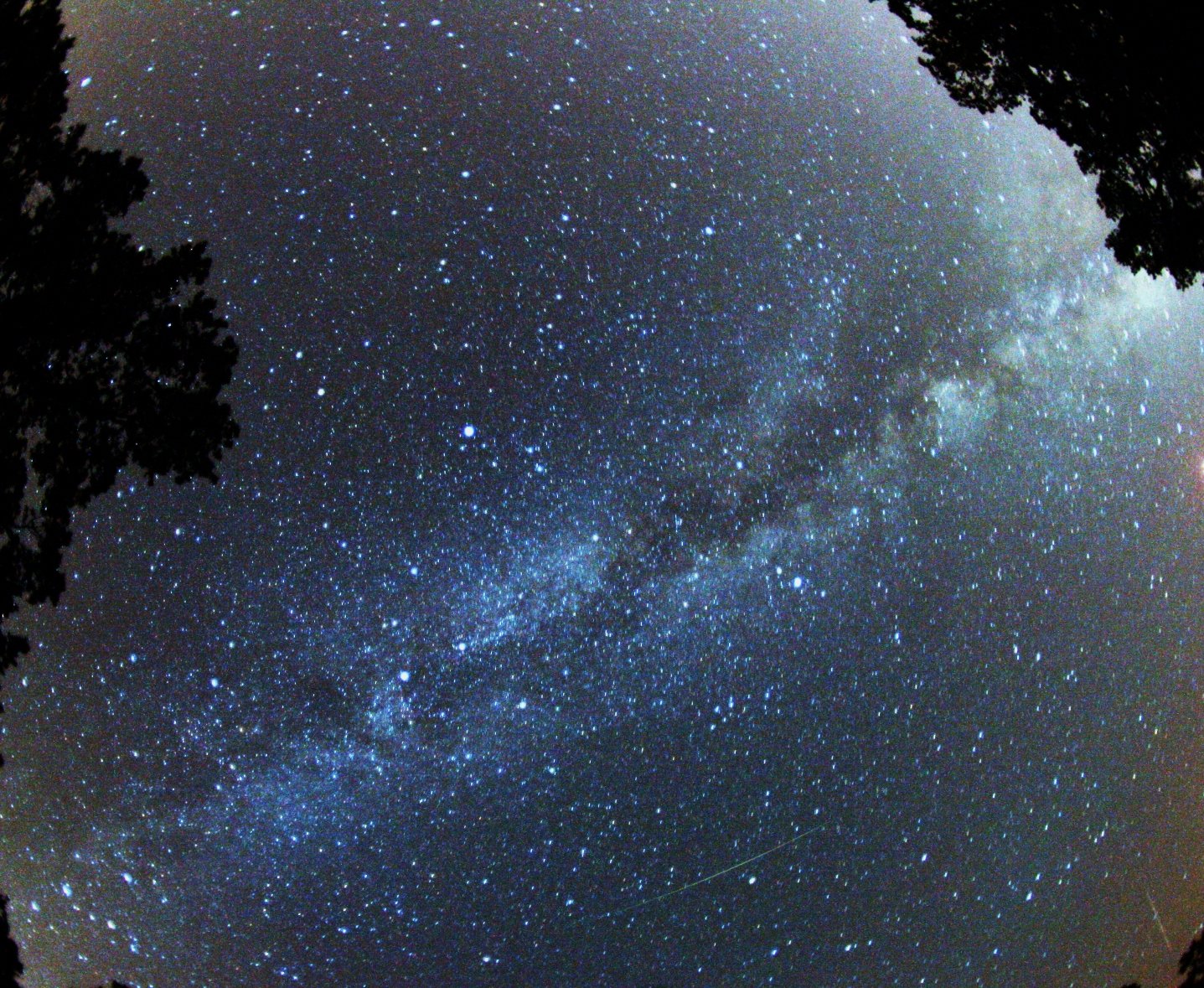
Aboriginal astronomy has had a profound impact on modern scientific understanding. The detailed observations and stories of the Aboriginal people have provided valuable insights into the cosmos, challenging and enriching contemporary astronomical theories. For example, the concept of dark constellations has inspired modern astronomers to consider the significance of interstellar dust clouds. The Aboriginals’ holistic approach to astronomy, which integrates cultural, spiritual, and scientific perspectives, offers a unique lens through which to view the universe.
Preserving Aboriginal Astronomy for Future Generations
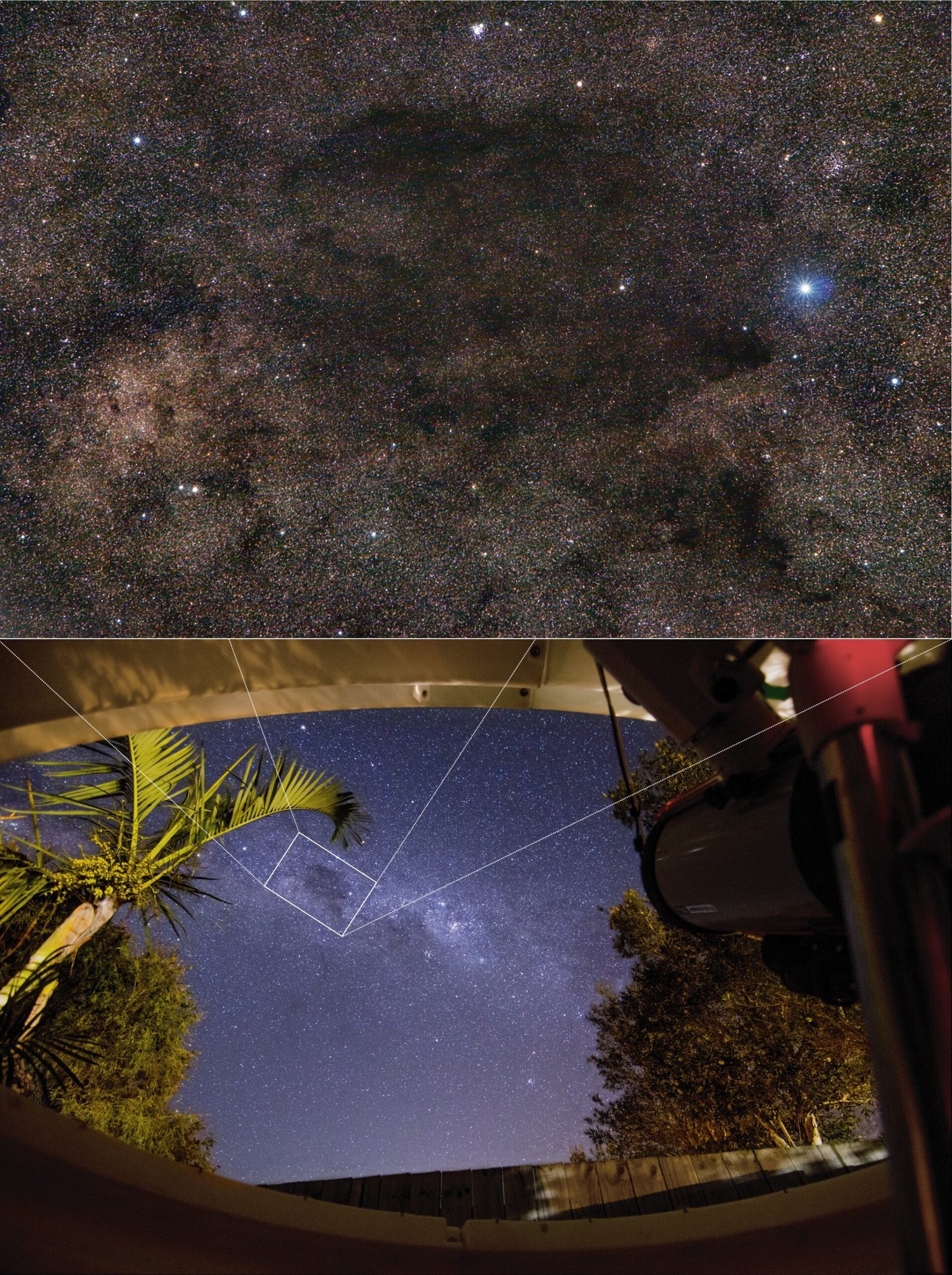
The stories and knowledge of Aboriginal astronomy are a precious cultural heritage that must be preserved for future generations. Efforts are being made to document and share these stories, ensuring that the wisdom of the Aboriginal people continues to inspire and educate. By recognizing the value of Aboriginal astronomy, we can gain a deeper appreciation for the diverse ways in which humans have sought to understand the cosmos. Preserving this knowledge is not only a matter of cultural preservation but also a means of enriching our understanding of the universe and our place within it.




